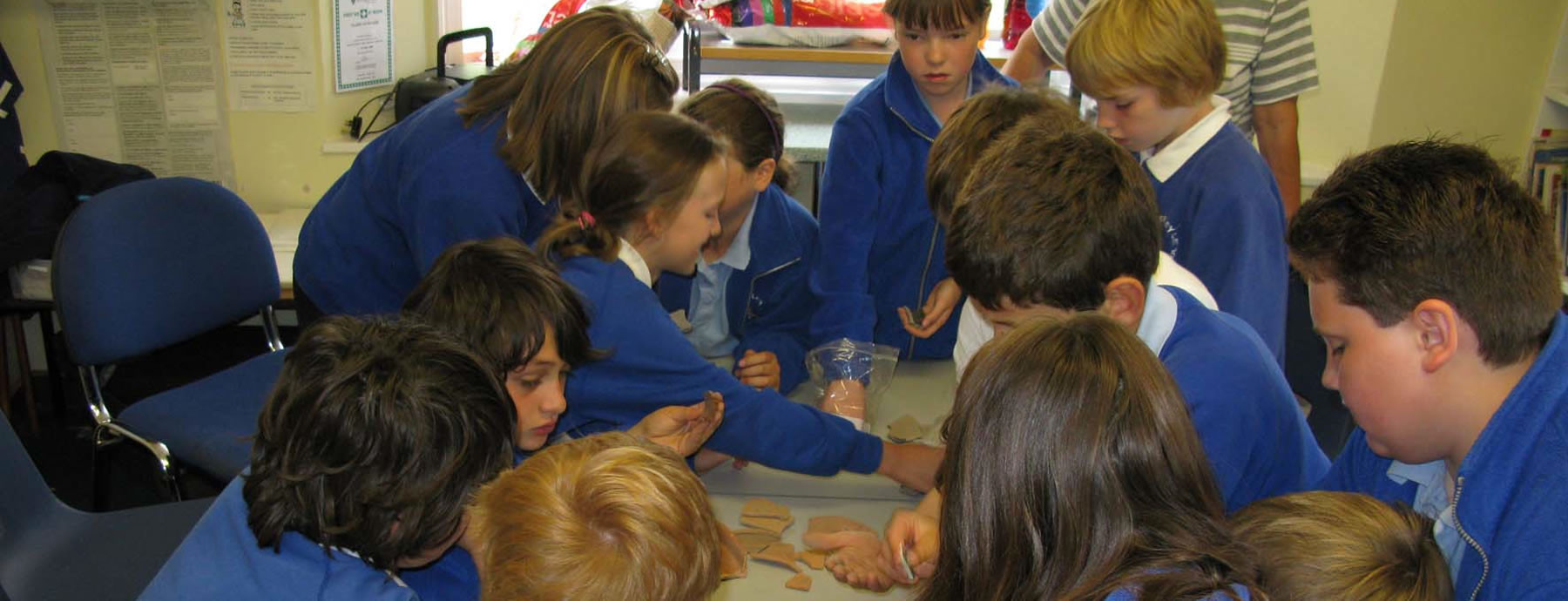Research Resources
We also have information that will be of use to people who are studying the Plague and its effect on the village:
Download: The Population of Eyam 1664-1667 (PDF, 112KB)
Many years of research by John and Francine Clifford have revealed that the population of Eyam was considerably more than the 350 estimated by William Wood in his "History of Eyam" in the early 19th Century. William Wood took William Mompesson's statement that "76 households were touched by the plague" to describe the entire population, but in fact many households escaped infection. 700 individuals can be identified as living in Eyam when the plague arrived, and there may have been more because doubtful entries have been discounted.
The principal sources were the Hearth Tax assessments and the Eyam Bishop's Transcripts and many other documents in the Staffordshire Public Records Office and National Archive at Kew. Permission to access the information is gratefully acknowledged.
